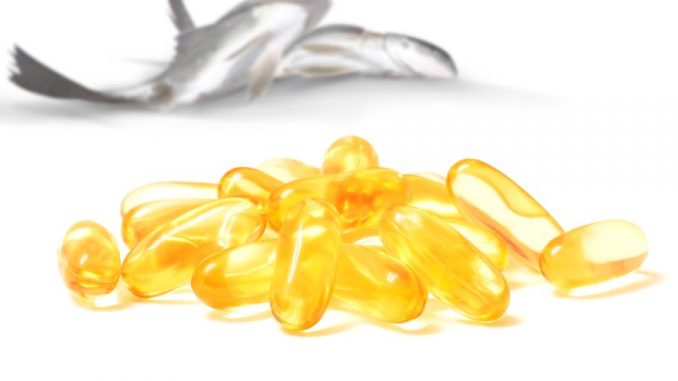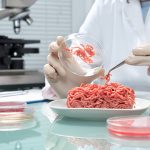
The peroxide value is one of the best measures for establishing the rancidity of fats and oils. Many other methods are available such as the TBARS method and the p-ansidine technique but none really matches the peroxide value (PV). It is a measure of the extent that an oil sample goes through in terms of its primary oxidation. The p-ansidine test is used incidentally for measuring the extent of a secondary oxidation.
Autooxidation
Important dietary fats and oils contain fatty acids which often contain double bonds. The higher the degree of unsaturation the more susceptible the oil is to autoxidation. These are a series of free radical reactions which ultimately lead to the loss of unsaturation and the destruction of the fatty acid with any health or functional benefit. Frying oils are notorious for this type of destruction because of the high thermal energy input during the frying process and the presence of air.
Peroxides are the intermediates in these autooxidation reactions. These are formed when high energy forms of oxygen in air add across the double bond in a free-radical mechanism. The fats and oils then go on to form flavours and aromas which are objectionable.
The measure of autooxidation which is another term for oxidative rancidity is best achieved by measurement of the peroxide value or PV. The PV value informs the food product developer the extent to which any damage or spoilage has occurred to the oil.
Definition Of Peroxide Value
The PV value is the amount of peroxide oxygen formed per kg of fat or oil. The levels are usually in millimole levels. In some quarters the unit of the milliequivalents are used. Here, 1 milliequivalent is equal to 0.5 millimole simply because oxygen has a valence of 2.
The Iodometric Method
A PV value is determined by determining the amount of iodine formed by the reaction of peroxides formed in the oil or fat with the iodide ion.
2 I− + H2O + HOOH -> HOH + 2OH− + I2
The hydroxide formed is quenched by excess ethanoic acid (acetic acid). The iodine so liberated is then titrated against sodium thiosulphate.
2S2O32− + I2 -> S4O62− + 2 I−
The formation of hypoiodite which would normally interfere with this reaction is also quenched by the presence of acetic acid. The indicator is starch solution where the amylose in the starch forms a tunnel clathrate with iodine which is blue-black. When thiosulphate is titrated the iodine is titrated our and becomes colourless. A cross on a piece of paper under the flash used to the traditional method of determining the extent of loss of colour.
Most people using the method only add the starch solution near the end of the reaction i.e. the end point when a pale yellow colour is noticeable. This is because at a high iodine concentration the starch degrades to products which indicator properties are not reversible or even visible.
What does the Peroxide Value (PV) Equate To in Terms Of Flavour
Fresh oils and fats have peroxide vales less than 5 mmoles/kg (10 milliequivs./kg). When the PV value rises to between 30 and 40 milliequivalents/kg, a rancid taste is said to be evident.


Always want to see more about this type of information. I like the short topic articles you write. Just keep it going. I will send some more titles so that you can add to this collection.